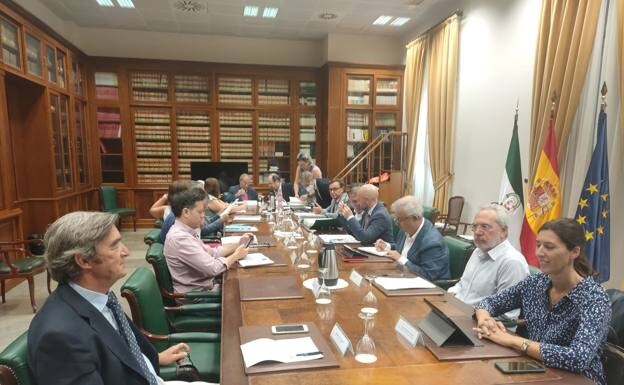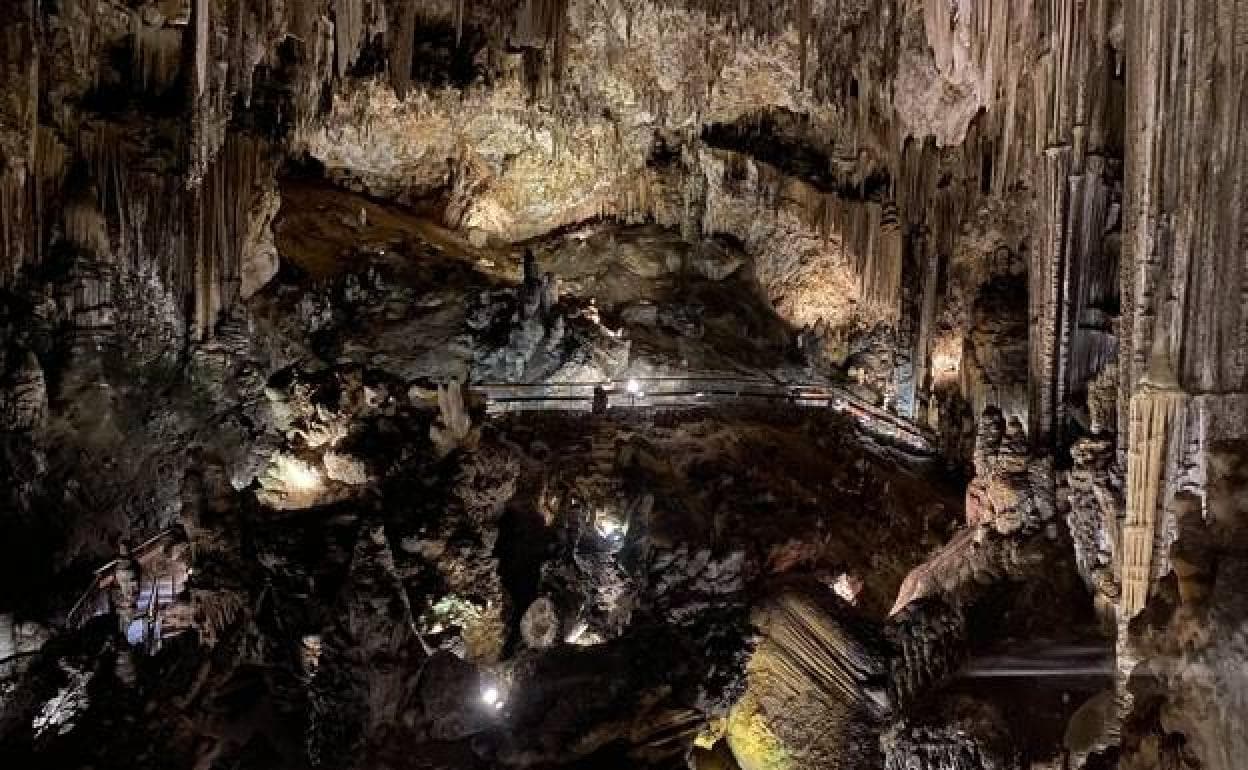Nerja Cave to open up inaccessible galleries to all visitors through virtual reality
One of the most popular tourist attractions in Malaga province has areas which cannot be visited by people with reduced mobility, but it will soon be "the first monument in Spain with this technology"
The Nerja Cave, one of the most popular tourist attractions in Malaga province, has areas which are not adapted for people with reduced mobility. As such the Foundation has been working for several years to create a virtual reality room to make the cave accessible to everyone. After being forced to postpone the project for two years due to the pandemic, the project got the go-ahead on Tuesday 28 June.
The Foundation has approved the contracts for the provision and operation of the new virtual reality rooms and for the adaptation and accesses of the existing site to house these future technological rooms.
There will be two virtual reality rooms, which, according to the Foundation, will make the cave "the first monument in Spain with this technology". These two rooms will allow all visitors to be able to see the monument.
Prehistoric art
With the new technology a simulated visit will allow people who are unable to access for the cave for health reasons to view it and it will also show new galleries, with the secrets hidden in these areas, which cannot be visited for conservation reasons. The cave has a total of 458 steps.
The Nerja Cave is the European cave that houses the most prehistoric art and is internationally recognised for its paintings. However, due to their age and their great fragility, these works cannot be shown during the visit, as lighting can damage them irreversibly. Thanks to virtual reality, all the prehistoric art of the cave can be seen up close by visitors.
The cave also approved its accounts for 2021 and the 2022 budget. It announced that it has overcome the crisis caused by Covid-19, returning to a "sustained surplus". In 2021, the cave took over 3.5 million euros, compared to 1.2 million euros in 2020. As such in the 2021 financial year the foundation announced profits of 550,000 euros. "This year, 2022, the forecasts continue along the same lines," said the Foundation.


